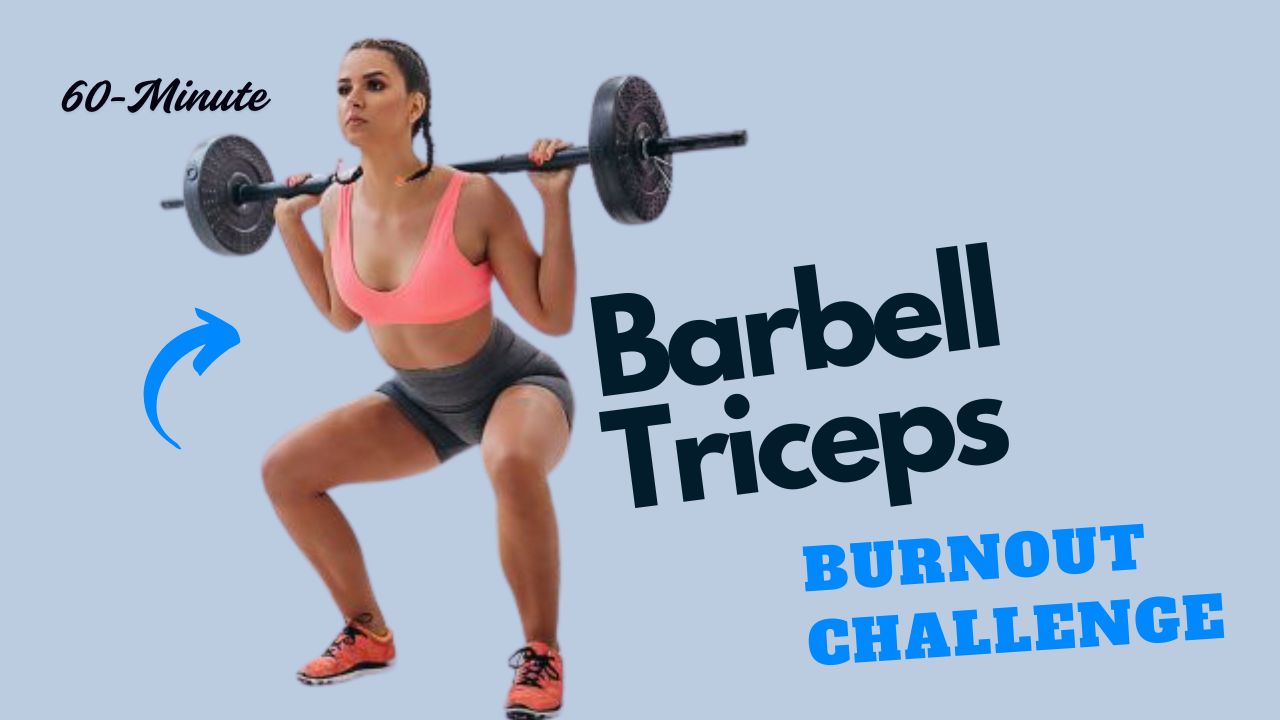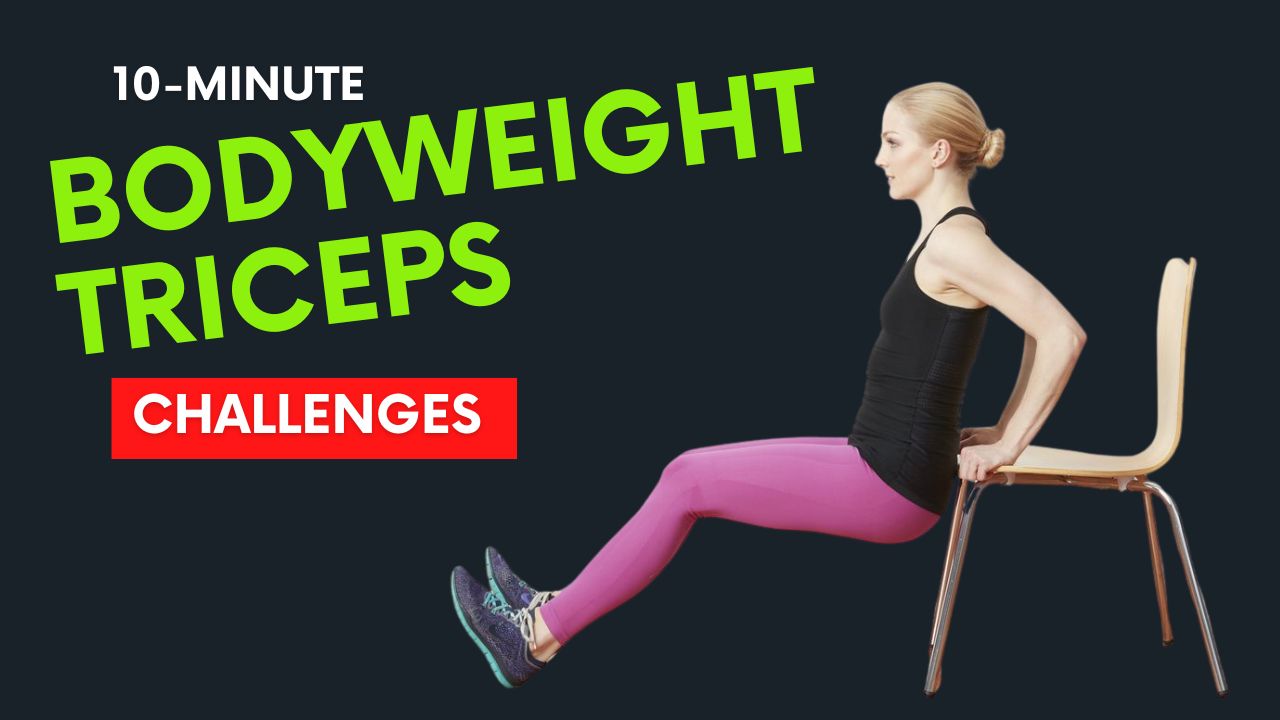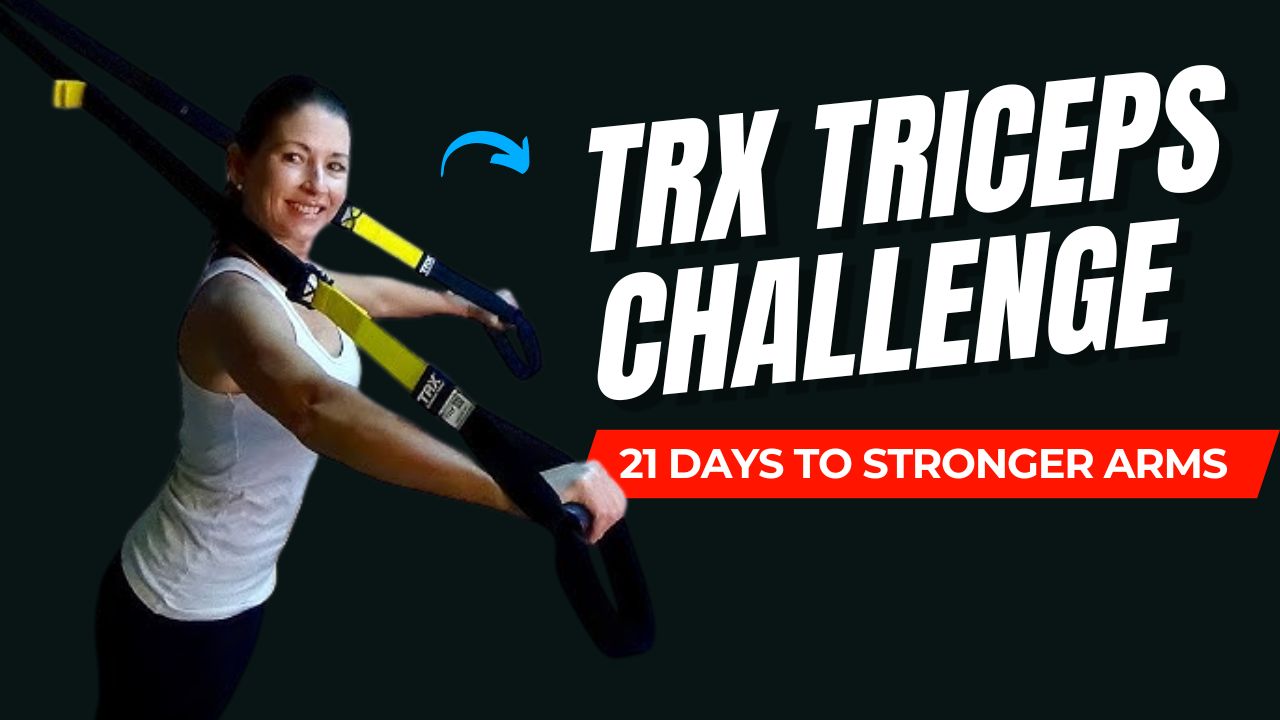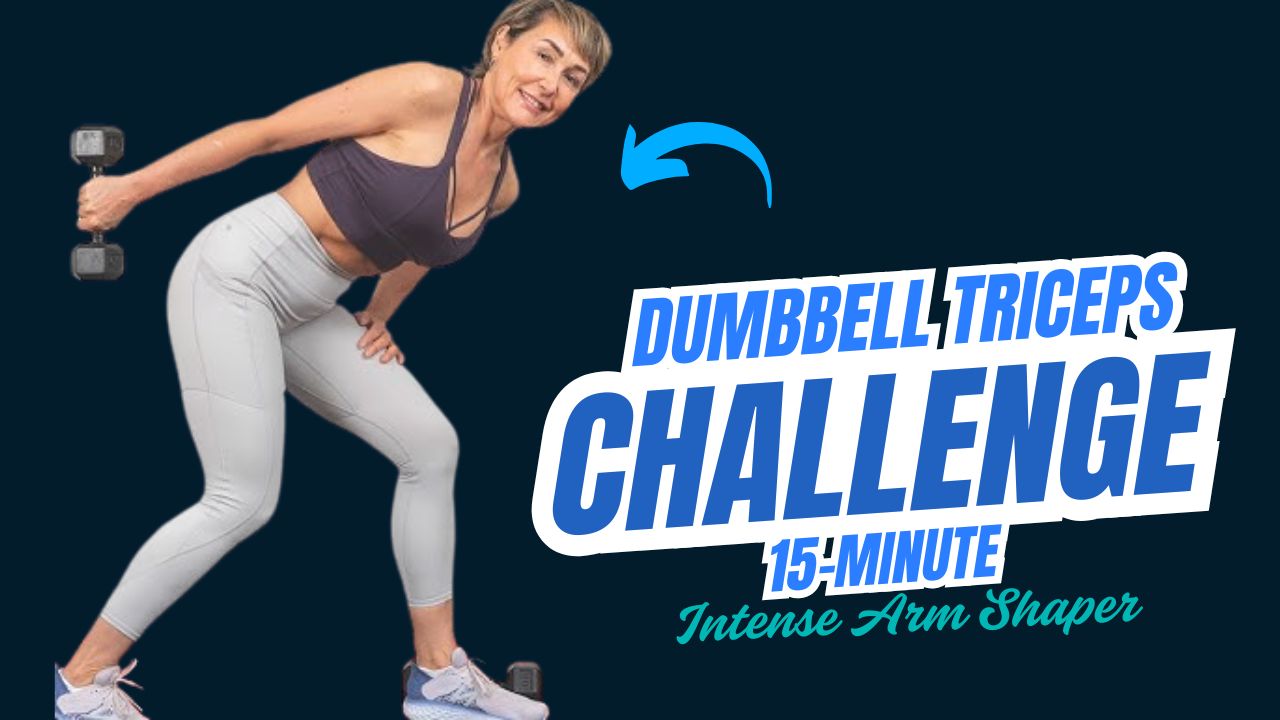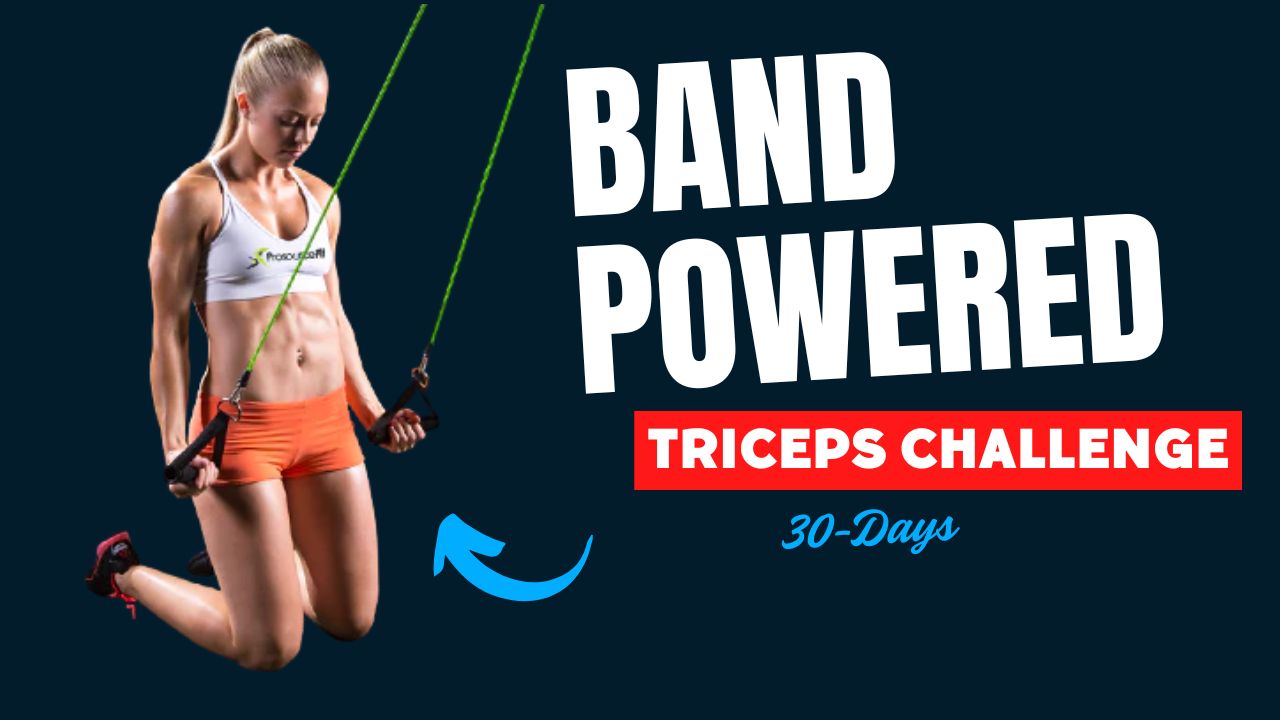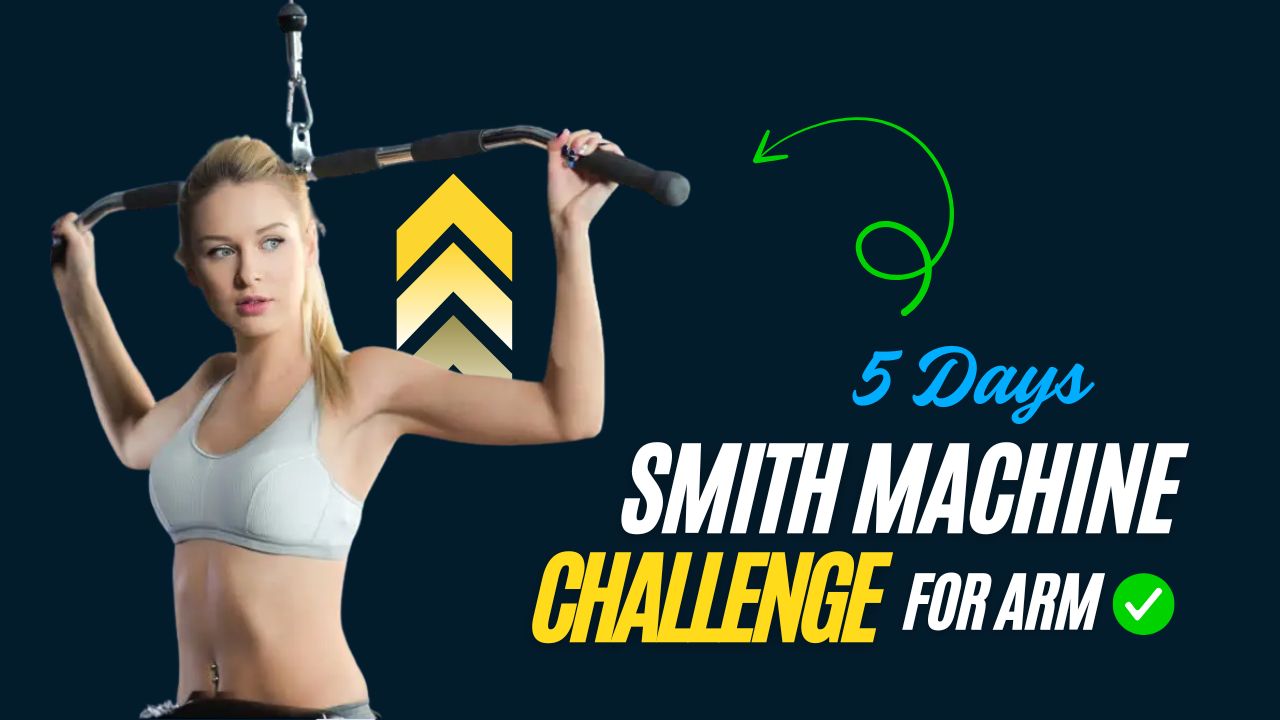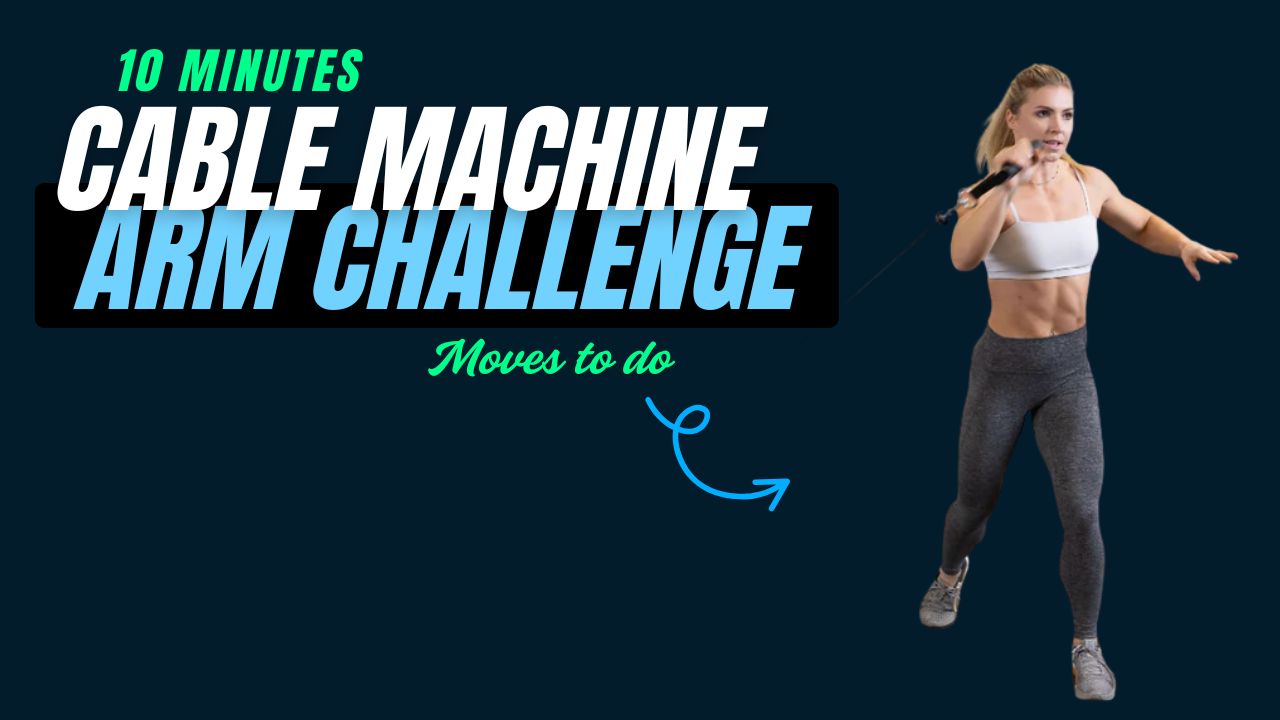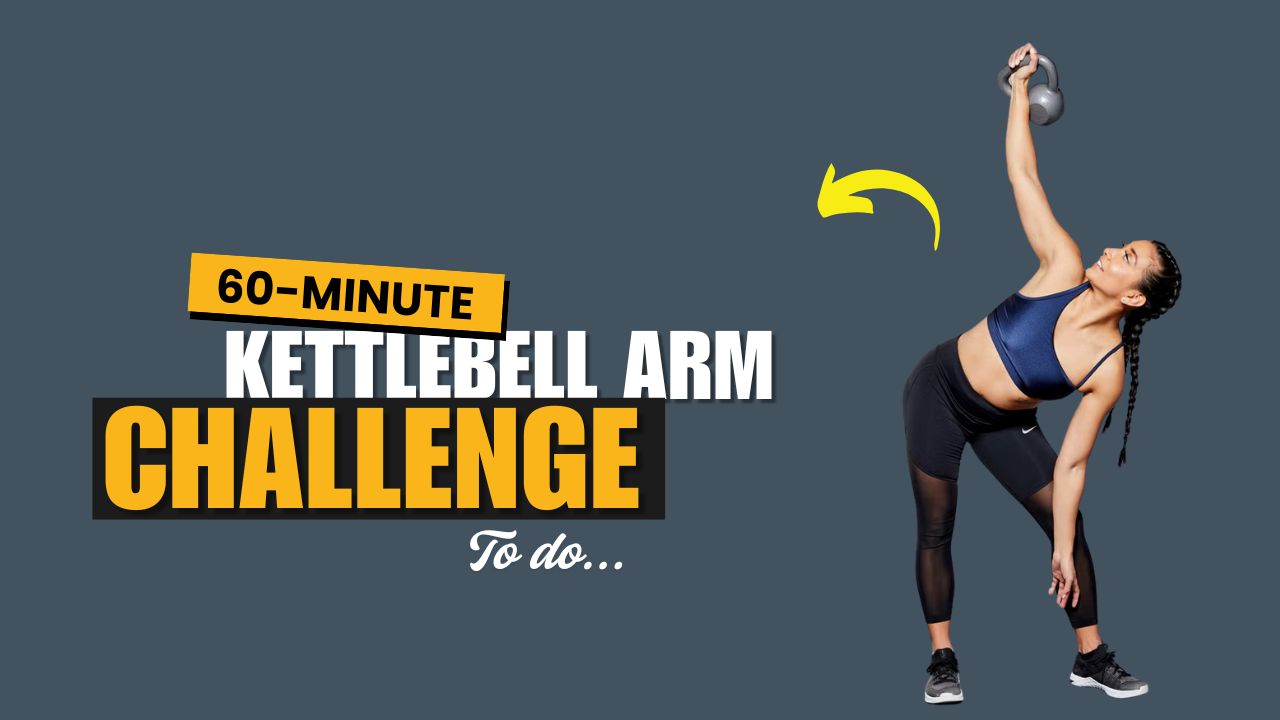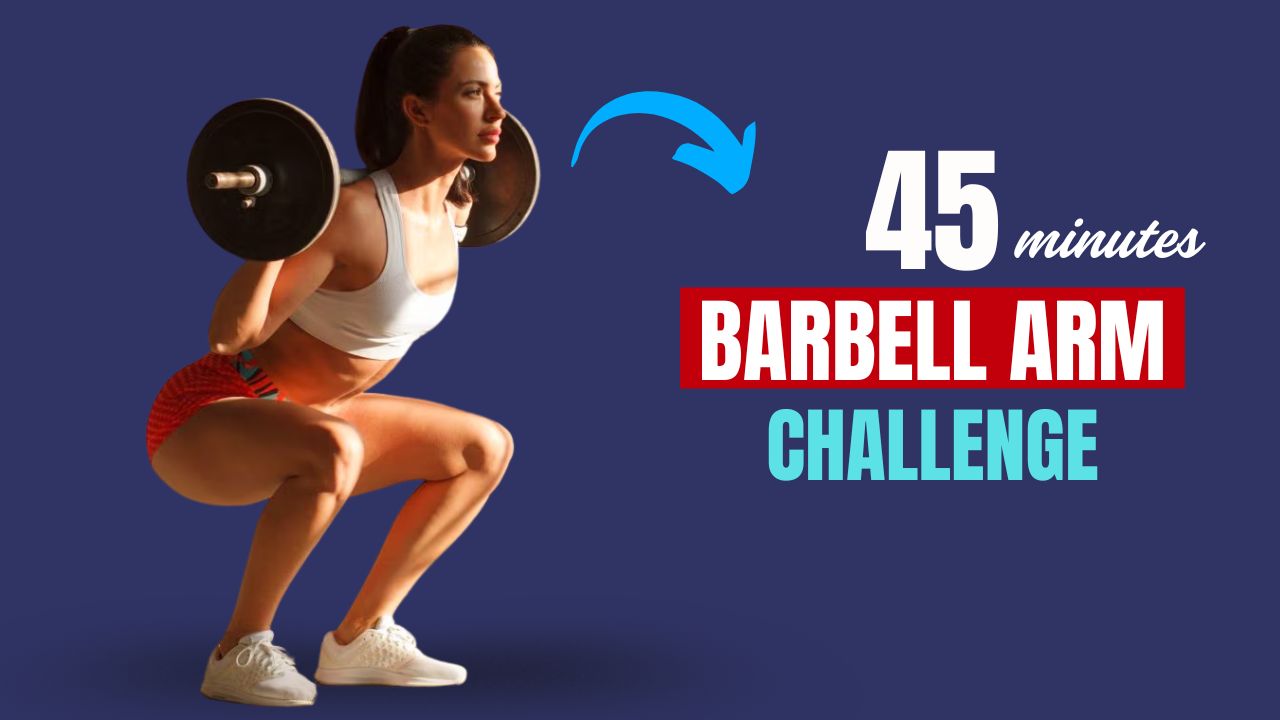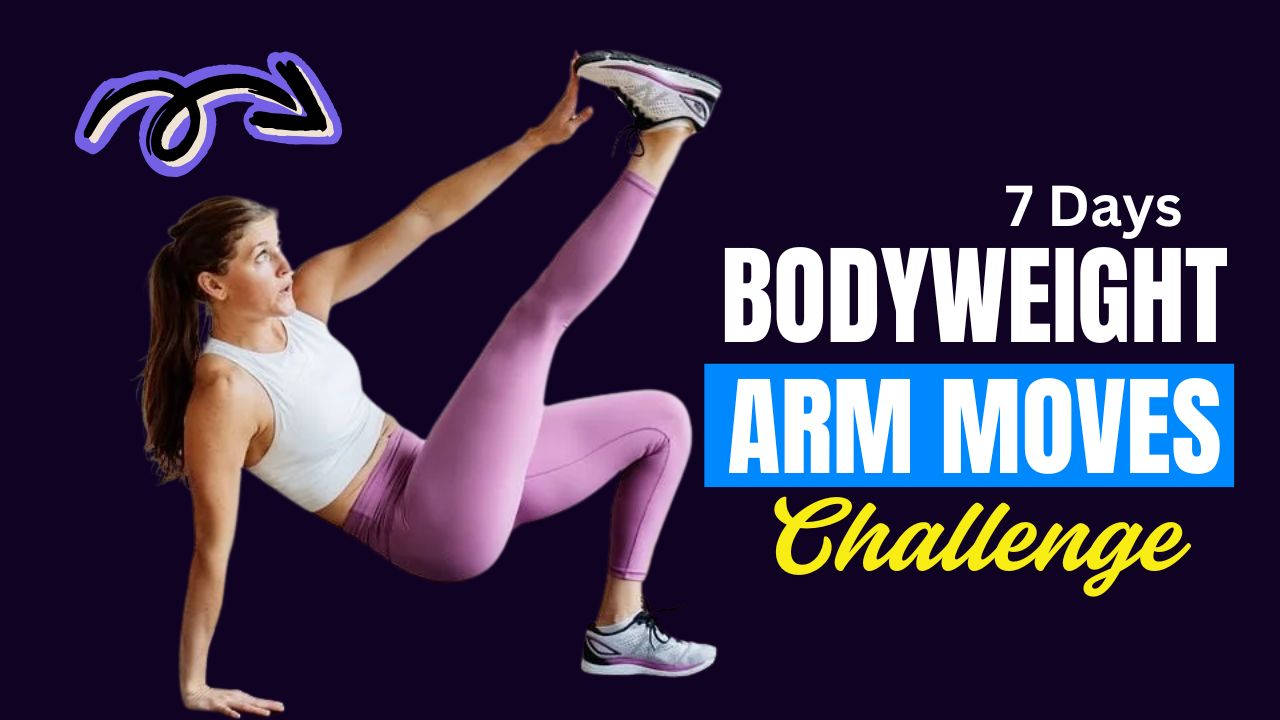Ever feel like your side abs are missing the definition you crave, even after countless crunches? The secret weapon could be wobbling right under your nose—a Bosu ball.
This half-dome wonder adds an element of instability that fires up your obliques like never before, helping you carve strong, lean lines down your sides while improving balance and coordination.
Did you know? Engaging your obliques doesn’t just shape your waistline; it also boosts your athletic performance, protects your spine, and helps with functional movements like twisting, bending, and even standing upright with better posture.
Below, discover eight powerful Bosu ball oblique workouts—complete with benefits and step-by-step guides—to challenge your core from every angle.
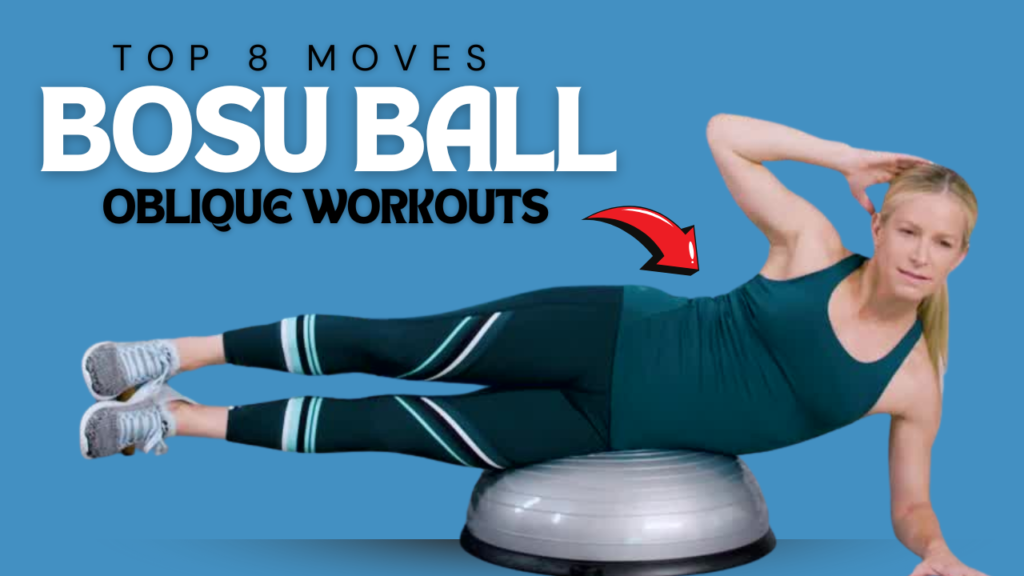
Table of Contents
What Can Happen After 30 Days of Bosu Ball Oblique Workouts
| Positive Changes | Things to Watch For |
|---|---|
| Noticeably stronger and more defined oblique muscles. | Muscle soreness, especially if you skip rest days. |
| Improved balance, stability, and core control. | Possible wrist or shoulder discomfort if form slips. |
| Better posture and reduced lower back strain. | Risk of overtraining if you don’t vary your routine. |
| Increased endurance during core and full-body exercises. | Plateauing results if you don’t progress exercises. |
| Enhanced performance in sports and daily activities. | Potential for improper technique if you rush reps. |
Do’s and Don’ts for Bosu Ball Oblique Workouts
| Do’s | Don’ts |
|---|---|
| Warm up properly before starting. | Jump into exercises without warming up. |
| Keep your core engaged during each move. | Let your lower back arch or lose form. |
| Start with easier variations if you’re a beginner. | Force advanced moves before mastering basics. |
| Focus on controlled, slow repetitions. | Rush through exercises with sloppy form. |
| Use a stable, flat surface for your Bosu ball. | Place the Bosu on an uneven or slippery floor. |
| Breathe steadily throughout each movement. | Hold your breath while performing exercises. |
| Listen to your body and stop if you feel pain. | Push through sharp pain or discomfort. |
| Stay hydrated and take breaks if needed. | Ignore signs of fatigue or dizziness. |
Top 8 BOSU Ball Oblique Workouts
1. Bosu Side Plank Hip Dips
How to:

- Place your forearm on the center of the flat side of the Bosu.
- Stack your feet and lift them into a side plank.
- Lower your hip toward the floor, then lift it back to plank height.
- Repeat for 10-15 reps on each side.
Benefits: Deeply targets obliques while improving lateral stability.
2. Bosu Russian Twists
How to:

- Sit on top of the Bosu dome with your feet lifted or on the floor.
- Lean back slightly, hold a medicine ball or dumbbell, and twist your torso side-to-side.
- Touch the weight (or hands) to the floor beside your hips.
Benefits: Enhances rotational strength and coordination.
3. Bosu Oblique V-Ups
How to:
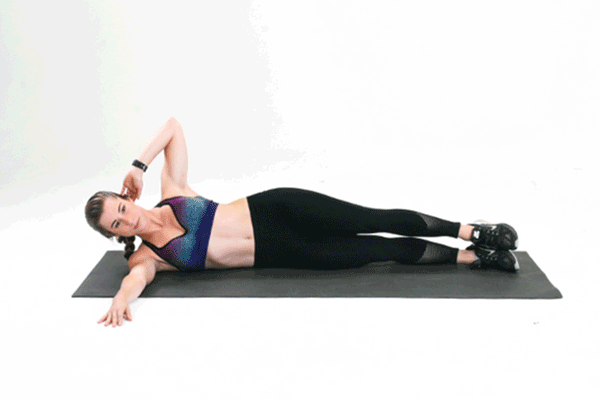
- Lie on your side with your hip centered on the Bosu dome.
- Extend your top arm overhead and legs straight.
- Lift your legs and upper body together, reaching your hand toward your feet.
- Lower and repeat 10-12 reps per side.
Benefits: Combines lateral flexion with core stabilization for maximum oblique activation.
4. Bosu Bicycle Crunches
How to:
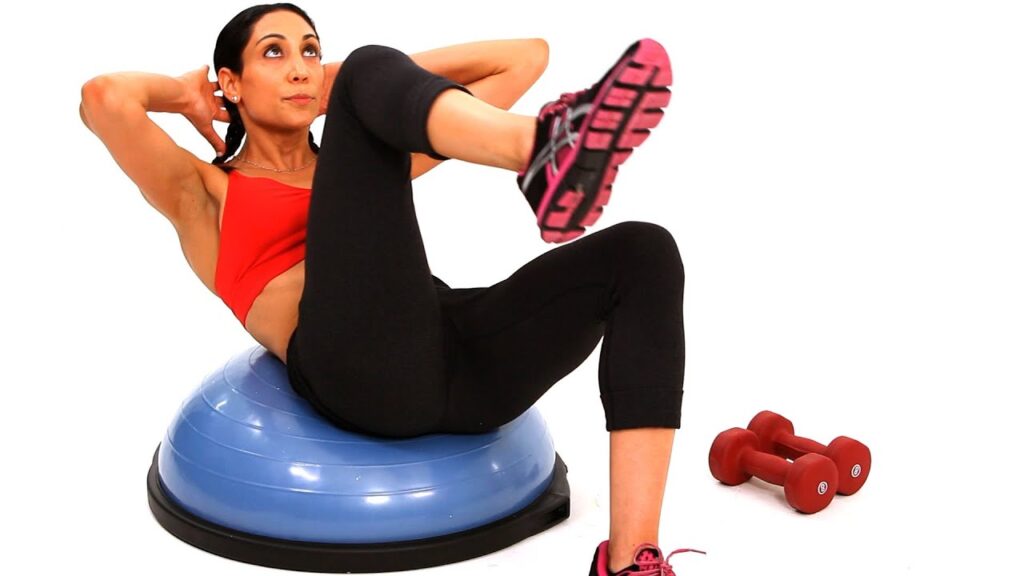
- Sit with your lower back against the Bosu dome, hands behind your head.
- Pedal your legs as if riding a bike, bringing opposite elbow to knee each time.
- Keep your movements controlled and your core tight.
Benefits: Improves core endurance and targets both upper and lower obliques.
5. Bosu Side-to-Side Mountain Climbers
How to:
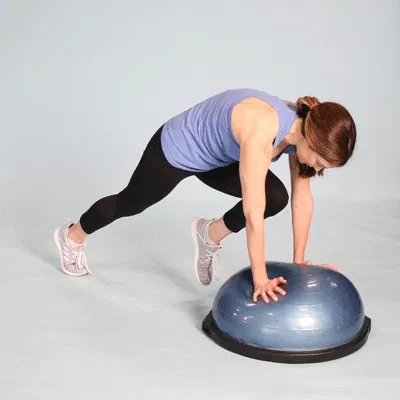
- Start in plank with both hands on the flat side of the Bosu.
- Drive your knees diagonally across your body, alternating left and right.
- Keep your hips low and move with speed.
Benefits: Boosts heart rate while challenging obliques dynamically.
6. Bosu Side Crunches
How to:
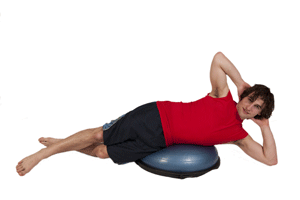
- Lie sideways with your hip resting on the Bosu dome and legs straight.
- Anchor your bottom foot behind the top one for balance.
- Curl your upper body toward your hip, squeezing your obliques.
- Lower back down slowly.
Benefits: Isolates the oblique muscles for focused contraction.
7. Bosu Twisting Plank
How to:

- Begin in a forearm plank with elbows on the Bosu’s flat side.
- Rotate your hips side-to-side, dipping them toward the floor.
- Keep your core engaged throughout.
Benefits: Strengthens obliques while improving rotational control.
8. Bosu Standing Oblique Knee Drives
How to:

- Stand on top of the Bosu dome on one foot, with the opposite leg lifted.
- Drive your lifted knee up toward your elbow on the same side, crunching your oblique.
- Balance and repeat 12-15 times before switching sides.
Benefits: Trains obliques with a standing, functional movement that enhances balance.
Why Bosu Ball Oblique Workouts Matter
- Myth Buster: Spot reduction isn’t real, but targeted oblique exercises with a Bosu ball will strengthen these muscles and, paired with a healthy diet, help reveal toned abs.
- Interesting Fact: The Bosu ball’s instability recruits more muscle fibers in your core than traditional stable-surface exercises, giving you better results in less time.
- Functional Edge: Strong obliques reduce injury risk in activities involving rotation or side-bending, from tennis to carrying groceries.
Final Thoughts
Add these 8 Bosu ball oblique workouts into your weekly routine to supercharge your core training, sculpt a stronger waistline, and build stability from every angle.
Whether you’re a beginner or a seasoned athlete, these moves will keep your workouts challenging, engaging, and effective.
Frequently Asked Questions (FAQs)
Are Bosu ball oblique exercises good for beginners?
Yes! Many Bosu oblique exercises can be modified for beginners by reducing the range of motion or keeping feet on the floor for extra stability. Always start slowly and focus on proper form before increasing intensity.
How often should I do these workouts to see results?
Aim to train your obliques 2-3 times per week, allowing at least one day of rest between sessions. Consistency, combined with a balanced diet and cardio, will help you see visible results over time.
Do I need other equipment besides a Bosu ball?
No extra equipment is required for most of these exercises, but you can add a light medicine ball or dumbbell for moves like Russian twists if you want more challenge.
Can Bosu ball oblique workouts help reduce love handles?
While you can’t spot-reduce fat, strengthening your obliques with these workouts will build muscle tone in your sides. Combined with a calorie-controlled diet and overall fat loss, this can help slim your waistline and reduce love handles.
What if I struggle to balance on the Bosu ball?
That’s completely normal at first! Begin with easier exercises like Bosu side crunches with feet on the floor, or try holding onto a stable object (like a sturdy chair) nearby for support until your balance improves.
Are Bosu ball exercises safe for people with lower back issues?
Bosu ball workouts can be intense on the core. If you have existing back problems, consult your doctor or a physiotherapist before starting. Focus on exercises that don’t cause pain, and always engage your core to protect your spine.
How long should a Bosu ball oblique workout last?
A focused Bosu oblique routine can be effective in just 15-20 minutes. Perform 2-3 sets of each exercise, resting 30-60 seconds between sets, for a complete and efficient workout.
Can I use a Bosu ball on any surface?
Use your Bosu ball on a flat, non-slip surface such as an exercise mat or hardwood floor. Avoid thick carpets or uneven surfaces, as they can increase instability and risk of injury.
